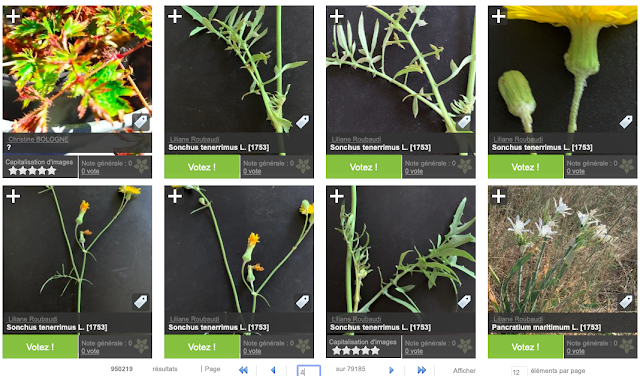The City of Paris and the Natural History Museum is celebrating the 10th anniversary of their observatory, participatory science project called ‘Sauvages de ma rue’ – Wildlife of my street – dedicated to urban flora. The project runs throughout the year.
It provides an opportunity to better understand the biodiversity of cities and to become a scientific observer of local flora – plants and vegetation. People just have to choose a street and note the plant species on the sidewalk using identification cards.
People are asked to observe the plants on a daily basis, look at the base of trees, and explore the sidewalks and lawns. No botanical expertise is required to make a list of species in the neighbourhood. To guide people, the Natural History Museum provides very simple tools. There is also an online game called The Plant Game and two training sessions in the form of photo quizzes to become knowledgeable about the 240 most common plant species in French cities.
Once the plant is recognised, people simply transfer the data to the science program’s researchers through the website – mobile app or online – dedicated to the project.
The museum's scientists are appealing to city dwellers to observe nature. The educational project is operated by Tela Botanica and the CESCO laboratory of the Natural History Museum. It is part of the Vigie-Nature Program.
This is a very simple process: participate, choose an observation area, and observe!
MARTINA NICOLLS
SUBSCRIBE TO MARTINA NICOLLS FOR NEWS AND UPDATES
MARTINA NICOLLS is an international human rights-based consultant in education, healing and wellbeing, peace and stabilization, foreign aid audits and evaluations, and the author of: The Paris Residences of James Joyce (2020), Similar But Different in the Animal Kingdom (2017), The Shortness of Life: A Mongolian Lament (2015), Liberia’s Deadest Ends (2012), Bardot’s Comet (2011), Kashmir on a Knife-Edge (2010) and The Sudan Curse (2009).











Comments
Post a Comment